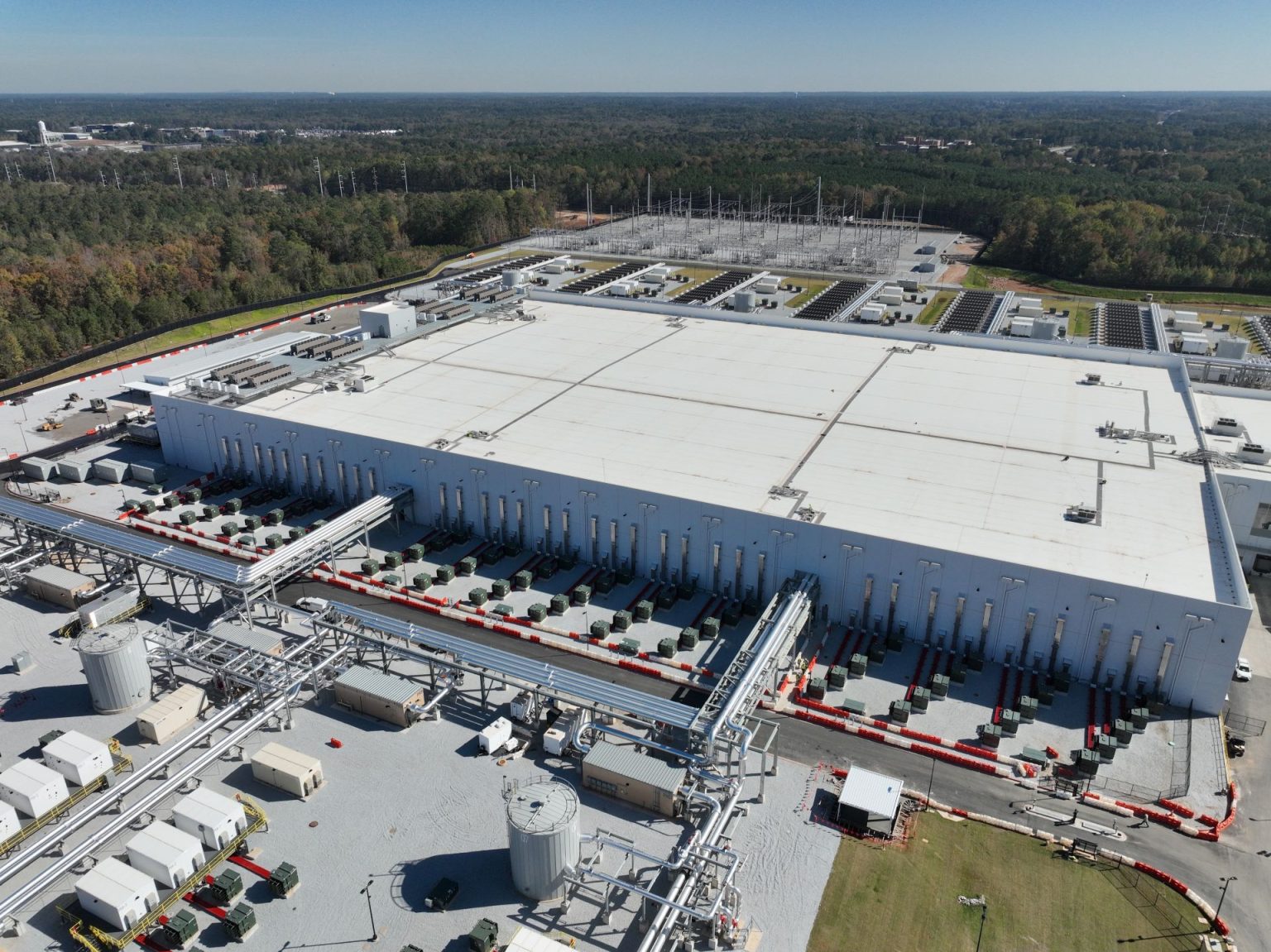Microsoft’s Revolutionary AI “Superfactory” Connects Multiple States in Groundbreaking Computing Network
Microsoft has unveiled an innovative approach to artificial intelligence infrastructure, announcing the creation of what it calls an AI “superfactory” – a network of massive data centers connected across multiple states that function as a single unified system. The groundbreaking project, revealed on Wednesday, links facilities in Wisconsin and Atlanta through high-speed fiber-optic connections spanning approximately 700 miles and five states. This marks a significant departure from traditional cloud computing architectures and represents Microsoft’s strategic investment in the future of AI computing at an unprecedented scale. Unlike conventional data centers that host millions of separate applications for various customers, these new facilities are specifically engineered to handle massive, integrated AI workloads distributed across multiple geographic locations, creating what Microsoft describes as the world’s first “planet-scale AI superfactory.”
The technical architecture behind this innovation is equally impressive, with each data center housing hundreds of thousands of Nvidia GPUs connected through what Microsoft calls an AI Wide Area Network (AI-WAN). This high-speed architecture enables real-time sharing of computing tasks across the entire network, effectively creating a distributed supercomputer. To maximize efficiency, Microsoft has implemented a novel two-story data center design that increases GPU density and minimizes latency – the delay in data transmission that can hamper performance in complex systems. This compact arrangement is made possible in part by an advanced closed-loop liquid cooling system that manages the intense heat generated by densely packed processors. The approach allows Microsoft to push the boundaries of computational density beyond what would be possible with traditional air cooling methods, creating more efficient and powerful AI computing environments.
One of the most strategic advantages of this cross-regional approach is the ability to distribute both computing capacity and power requirements across different parts of the country. By linking sites across various regions, Microsoft can pool resources, dynamically redirect workloads based on demand or efficiency considerations, and spread massive power consumption across different electrical grids. This distributed approach helps address one of the most significant challenges in AI computing – the enormous energy requirements – by ensuring the system isn’t dependent on available power resources in any single location. Microsoft CEO Satya Nadella highlighted the significance of the superfactory in a recent interview on the Dwarkesh Patel podcast, emphasizing how this unified supercomputer will serve as the foundation for training and running next-generation AI models for key partners like OpenAI as well as Microsoft’s own internal AI systems.
The development of the AI superfactory reflects the intensifying infrastructure race among tech giants, all competing to build the most powerful systems for developing and deploying advanced AI. Microsoft’s massive investment – the company spent over $34 billion on capital expenditures in its most recent quarter, much of it dedicated to data centers and GPUs – indicates the scale of its commitment to maintaining a leadership position in AI infrastructure. Other major players are making similar moves: Amazon is developing its Project Rainier complex in Indiana, spanning more than 1,200 acres with seven data center buildings; meanwhile, Meta, Google, OpenAI, and Anthropic are collectively investing hundreds of billions of dollars in new facilities, specialized chips, and systems designed specifically for AI workloads. The pace and scale of these investments highlight how seriously these companies view the potential of advanced AI to transform their businesses and the broader technology landscape.
This extraordinary level of investment has raised questions about whether the industry is experiencing something akin to a tech bubble, with companies potentially overbuilding infrastructure if businesses fail to derive sufficient value from AI applications in the near term. Some analysts and investors have expressed concern about the sustainability of such massive capital outlays if the projected demand for AI services doesn’t materialize as quickly as expected. However, Microsoft, Amazon, and other major players in this space maintain that their investments are based on concrete demand rather than speculation. They point to long-term contracts and customer commitments as evidence that the market for advanced AI services is real and growing rapidly, justifying the unprecedented scale of their infrastructure development programs.
The emergence of these new AI superfactories represents a pivotal moment in computing history, potentially comparable to previous transformative shifts like the transition from mainframes to personal computers or the rise of cloud computing. By creating distributed supercomputers that span multiple states, companies like Microsoft are fundamentally reimagining what’s possible in terms of computational scale and capability. These systems will likely enable entirely new classes of AI models with capabilities that are difficult to predict from our current vantage point. As these massive investments continue to reshape the technological landscape, they reflect a profound belief among the world’s leading tech companies that artificial intelligence represents not just an incremental advance but a fundamental transformation in computing with far-reaching implications for businesses, consumers, and society as a whole. The race to build ever more powerful AI infrastructure suggests we are entering a new era where the availability of enormous computational resources will accelerate the development of increasingly sophisticated AI systems capable of solving previously intractable problems.


